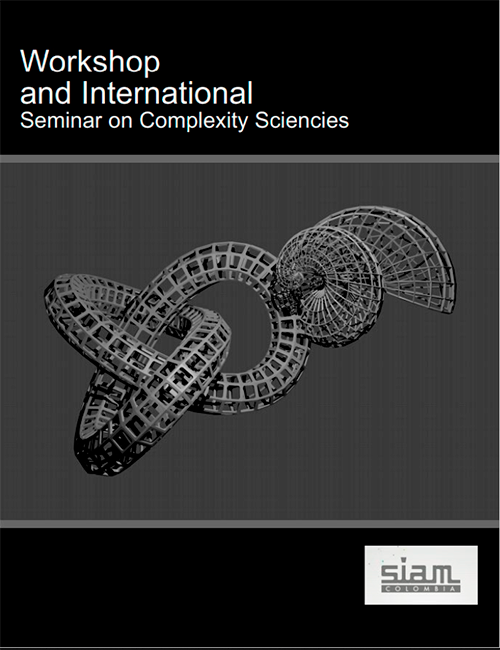This paper was carried out in the villages of Chiquiza Centro and Juan Díaz in the municipality of Chiquiza in Boyacá, Colombia; the social problems that exist in the southern sector of Chiquiza, especially as a result of the access to water from the Chiquiza river, has caused the inhabitants of this part of the municipality to be involved, for many years, in conflicts that have even reached human losses. The lack of a sense of cooperation in them has also caused a delay in the social and economic development of the area, as well as, family differences block the growth thus causing fear and anxiety due to the violence of the villagers that often nullifies the authority of the local government. By studying the characterization of the different actors such as the municipal administration, Colombia's Natural National Parks, Corpoboyacá, Ministry of Environment, neighboring Municipalities, community of Chiquiza, Environmental NGOs and financial entities in the socio-environmental conflict and, by using the stakeholder circle methodology, they were classified according to their interest and influence, being the most influential in the participation in seeking a solution to the conflict; the municipal administration, the community of Chiquiza and Natural Parks were in order of greater to lesser. By knowing this information, the logical framework methodology was applied; this determined various viable strategies that were presented to the actors, thus allowing to identify and consider one of them, as part of the solution to this problem called the substitution of risk systems, for the benefits, installation times, implementation costs and, social and environmental impacts expected.



